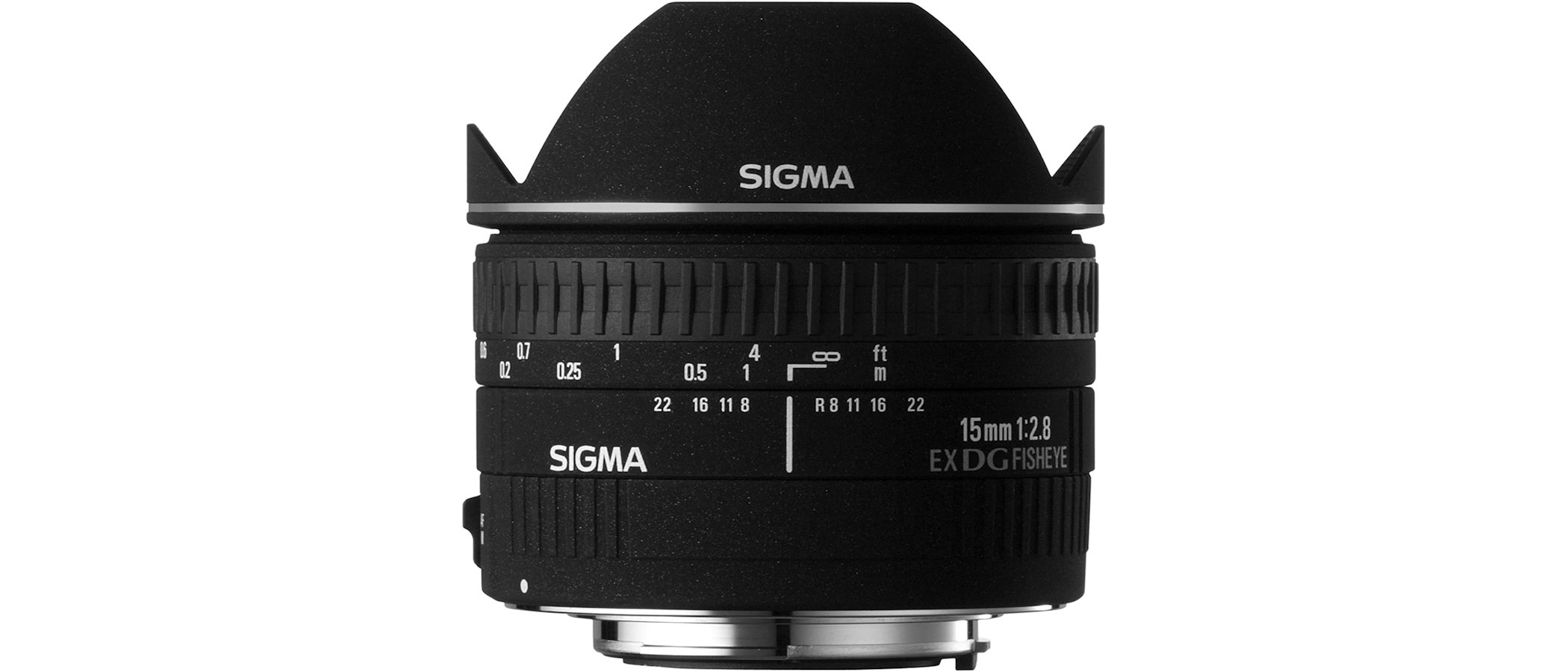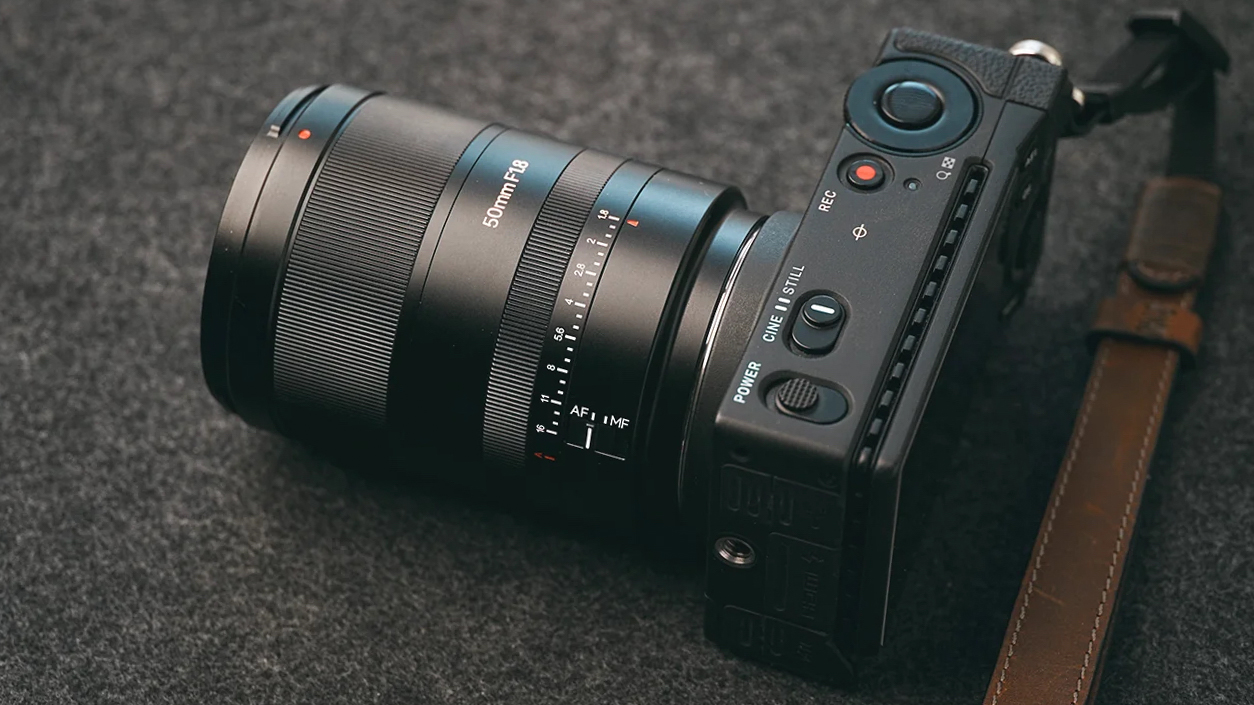Digital Camera World Verdict
You might need to look around to find a new sample of this recently discontinued lens there are plenty to be had in the second-hand market. It’s available in a variety of mount options for full-frame cameras, it comes complete with autofocus and camera-driven aperture control, with good handling characteristics. Image quality is nice and sharp and, as a ‘diagonal fisheye’, it delivers full coverage of the camera’s image sensor for regular, rectangular shaped images with that classic fisheye distortion, and a 180-degree viewing angle measured on the diagonal of the frame.
Pros
- +
Compact and lightweight
- +
Impressive image quality
- +
Protective integral hood
Cons
- -
Noticeable color fringing
- -
No weather-seals
- -
Mostly no AF motor
Why you can trust Digital Camera World
Small and lightweight, the Sigma 15mm f/2.8 EX DG Diagonal Fisheye was manufactured in Canon EF, Nikon F and Pentax K mount options as well as for Sigma’s own cameras for many years. It’s full-frame compatible and naturally somewhat less effective on APS-C format bodies.
Specifications
Mount: Canon EF, Nikon F, Sigma, Pentax K
Full frame: Yes
Autofocus: No
Stabilization: No
Lens construction: 7 elements in 6 groups
Angle of view: 180 degrees
Diaphragm blades: 7
Minimum aperture: f/22
Minimum focusing distance: 0.15m
Maximum magnification ratio: 0.26x
Filter size: Rear gel slot
Dimensions: 74x64mm
Weight: 370g
Key features
Funky fisheye distortion is arguably the main feature of this lens, which delivers that classic extra-large portion of barrel distortion, typical of curvilinear lenses. For some though, the more important feature is that it takes in a hugely expansive field of view, equating to 180 degrees measured on the diagonal of the frame. As such, you can capture sweeping landscape vistas with big skies, as well as taking the blinkers off your photography when you’re shooting in cramped interiors.
The Canon EF mount version of the lens has a built-in autofocus motor but other mount options rely on a screw-drive from the camera’s built-in autofocus motor. That’s not really a problem if you’re using any of Nikon’s full-frame DSLRs, for which the lens is intended. However, on entry-level DX (APS-C) format Nikon cameras including the D40, D60, D3xxx and D5xxx series which lack an in-body AF motor, you’ll need to focus manually. Even so, that’s rarely an issue thanks to the massive depth of field you get with a fisheye lens, even at this Sigma’s widest aperture of f/2.8. And for a little extra help, there’s a focus distance scale with depth of field markers printed on the barrel.
Performance
Sharpness is very good rather than insanely great, but pretty consistent across the image frame and doesn’t drop off much at wide apertures. Color fringing can be noticeable around high-contrast edges towards the corners of the frame but the lens has good resistance against ghosting and flare. All in all, performance and image quality are very satisfying.
Sample images



Lab results
We usually run a range of lab tests under controlled conditions, using the Imatest Master testing suite. Photos of test charts are taken across the range of apertures and zooms (where available), then analyzed for sharpness, distortion and chromatic aberrations.
However, due to the relatively small size of test charts and the enormous 180-degree viewing angle of fisheye lenses, it’s impossible for us to generate meaningful lab-test data for them.
Verdict
You might need to look around to find a new sample of this recently discontinued lens there are plenty to be had in the second-hand market. It’s available in a variety of mount options for full-frame cameras, it comes complete with autofocus and camera-driven aperture control, with good handling characteristics. Image quality is nice and sharp and, as a ‘diagonal fisheye’, it delivers full coverage of the camera’s image sensor for regular, rectangular shaped images with that classic fisheye distortion, and a 180-degree viewing angle measured on the diagonal of the frame.
Read more:
• Best camera lenses to get
• Best Canon lenses
• Best Nikon lenses
• Best Sony lenses
Matthew Richards is a photographer and journalist who has spent years using and reviewing all manner of photo gear. He is Digital Camera World's principal lens reviewer – and has tested more primes and zooms than most people have had hot dinners!
His expertise with equipment doesn’t end there, though. He is also an encyclopedia when it comes to all manner of cameras, camera holsters and bags, flashguns, tripods and heads, printers, papers and inks, and just about anything imaging-related.
In an earlier life he was a broadcast engineer at the BBC, as well as a former editor of PC Guide.


